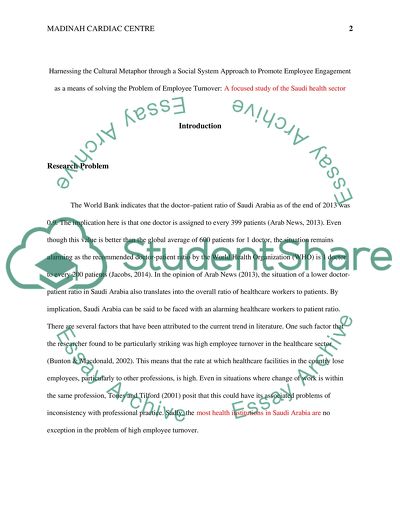Cite this document
(“Madinah Cardiac Centre Research Proposal Example | Topics and Well Written Essays - 3000 words”, n.d.)
Madinah Cardiac Centre Research Proposal Example | Topics and Well Written Essays - 3000 words. Retrieved from https://studentshare.org/health-sciences-medicine/1693835-madinah-cardiac-centre
Madinah Cardiac Centre Research Proposal Example | Topics and Well Written Essays - 3000 words. Retrieved from https://studentshare.org/health-sciences-medicine/1693835-madinah-cardiac-centre
(Madinah Cardiac Centre Research Proposal Example | Topics and Well Written Essays - 3000 Words)
Madinah Cardiac Centre Research Proposal Example | Topics and Well Written Essays - 3000 Words. https://studentshare.org/health-sciences-medicine/1693835-madinah-cardiac-centre.
Madinah Cardiac Centre Research Proposal Example | Topics and Well Written Essays - 3000 Words. https://studentshare.org/health-sciences-medicine/1693835-madinah-cardiac-centre.
“Madinah Cardiac Centre Research Proposal Example | Topics and Well Written Essays - 3000 Words”, n.d. https://studentshare.org/health-sciences-medicine/1693835-madinah-cardiac-centre.


